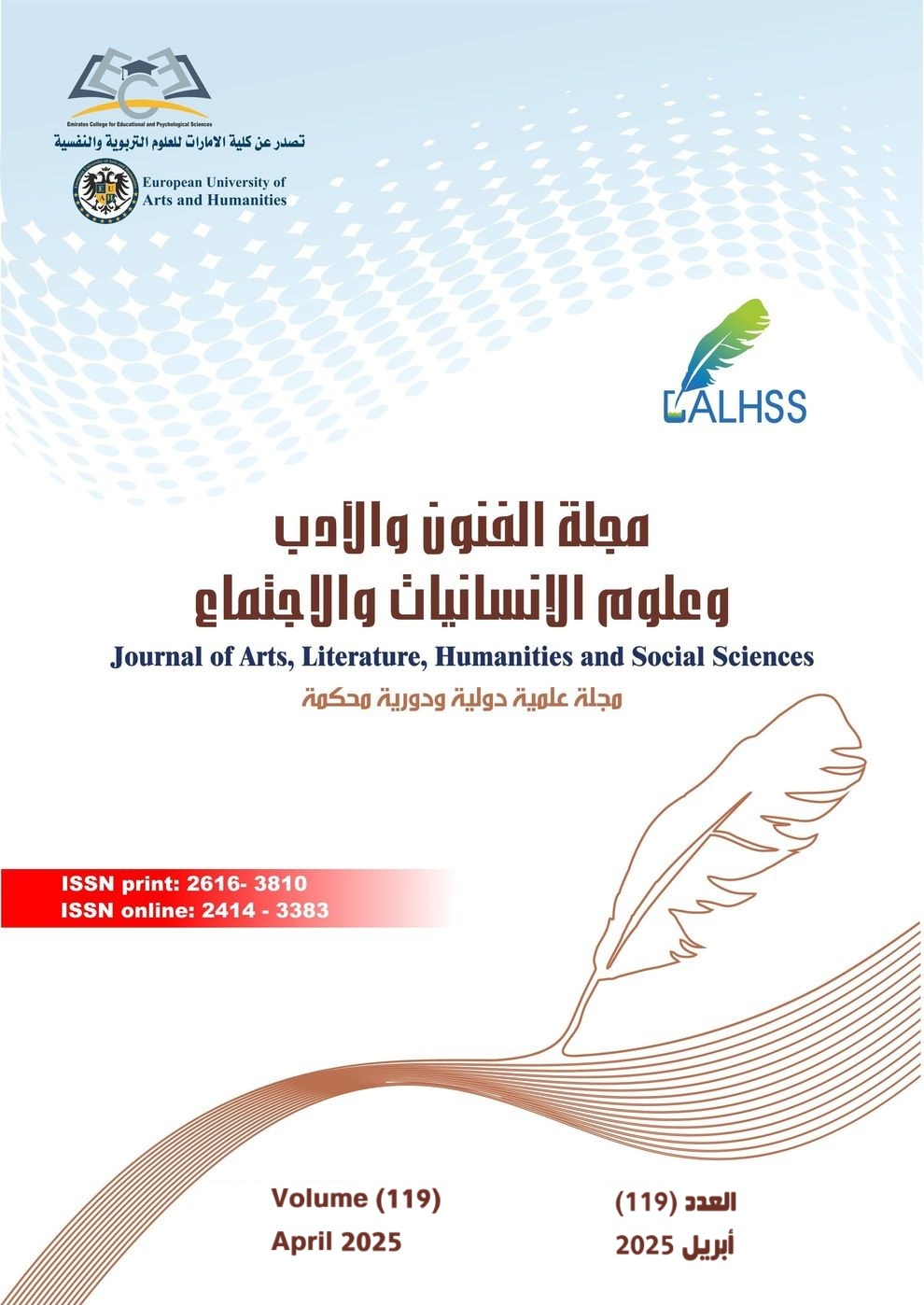Iraqi Vernacularism in Contemporary Art
(Mahmoud Fahmi as a Case Study of Cultural Patriotism)
Abstract
This paper explores the theory of Vernacularism within the framework of Iraqi visual arts, focusing on the works of Mahmoud Fahmi - one of the most vivid contemporary artists to engage in vernacular expression. Fahmi’s art celebrates the architectural, social, and folkloric vocabulary of Iraq through highly symbolic visual language. By employing modern artistic techniques such as stylized realism, abstract figuration, and textural layering, his works revive elements like the Shanāshīl, brick alleys, alley cats, minarets, traditional garments, and vernacular objects. Positioned within a broader movement of Iraqi Vernacularism, this paper contextualizes Fahmi’s work alongside that of earlier pioneers like Shakir Hassan Al Said, Faeq Hassan, and Hafidh al-Droubi, arguing that Vernacularism is both an aesthetic and ideological position rooted in cultural patriotism and resistance to erasure.
References
2. Shabout, Nada. Modern Arab Art: Formation of Arab Aesthetics. University Press of Florida, 2007.
3. Ali, Wijdan. Modern Islamic Art: Development and Continuity. University Press of Florida, 1997.
4. Barjeel Art Foundation. “Shakir Hassan Al Said.” https://www.barjeelartfoundation.org/artist/iraq/shakir-hassan-al-said
5. WooArts. “Mahmoud Fahmi Iraqi Paintings.” https://wooarts.com/mahmoud-fahmi
6. MutualArt. “Ismail Fattah Biography.” https://www.mutualart.com/Artist/Ismail-Fattah
7. Obelisk Art History. “Faeq Hassan.” https://www.arthistoryproject.com/artists/faeq-hassan
8. Al-Droubi, Hafidh. Selected Works. Iraqi Plastic Artists Society Archives.
9. Instagram: Mahmoud Fahmi – @fahmi_genre
Copyright (c) 2025 Dr. Nasser Hajjaj

This work is licensed under a Creative Commons Attribution-ShareAlike 4.0 International License.



